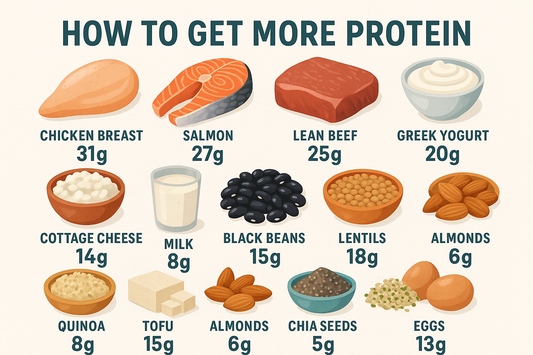
For those of you who might not fully understand yet, osteoporosis is a disorder in which a reduction of bone mass and the associated structural changes lead to decreased bone strength and increased bone fragility.
However, it has been observed that resistance band workouts can help combat osteoporosis. Let’s find out more about this ailment and how resistance bands can help.
Understanding Osteoporosis
It is characterised by decreased collagenous bone matrix (organic) and minerals (inorganic), both components leading to reduced bone formation and increased bone loss. It is also the most common type of metabolic bone disease.
This metabolic disease (osteoporosis) can further be divided into 2 broad categories, (i.e.) the primary category and the secondary category.
The primary category is the most common type of osteoporosis including senile osteoporosis and post-menopausal osteoporosis. Its 3 broad causes are: being postmenopausal, senile and idiopathic.
Whereas, the secondary category of osteoporosis refers to the results as that of the condition of endocrine disorders including:
- Hyperparathyroidism
- Hyperthyroidism
- Hypothyroidism
- Hypogonadism
- Acromegaly
- Cushing’s syndrome
- Prolactinoma
- Diabetes type 1
- Addison’s disease
Other causes include neoplasia such as multiple myeloma; gastrointestinal including malnutrition and vitamins C and D deficiencies; rheumatologic disease like drugs including alcohol and lithium; and lastly miscellaneous factors which include anemia, immobilization, and pulmonary disease.
How Resistance Band Training Can Help
A resistance band can be defined as an instrument or an elastic band that helps an individual with strength training. Another common use of the resistance band training comes in using it in physical therapy.
This is the case, especially for the convalescents of muscular injuries, which includes allowing cardiac rehab patients to build up their strength slowly. These are also used for strengthening the bones through exercising against a force, pull or constrain. This lets the element of "resistance" develop and countering osteoporosis as constant and regular exercise reduces the chance of this disease to a great extent.
Below are some of the ways regarding how resistance band training can combat osteoporosis.
Resistance band comes under the category of “resistance exercises” which allows patients suffering from osteoporosis to test their strength and power against a force hence allowing the development of bone and muscle. These movements create a small gradual overload reaction on the muscles and bones.
The result is stronger muscles which then pull harder on the bones during an exercise session. This harder pull is what stimulates our skeleton to build bone in our body as well as and slow down or halt bone loss in later years.
Resistance Band training:
- Improves muscle strength and tone to protect your joints and bones.
- It helps to maintain flexibility and balance which helps you remain independent as you age.
- Also helps in weight management and increased muscle to fat ratio.
- It also leads to improved mobility and balance.
- Leads to greater stamina in individuals.
- It also helps in improving posture.
- Decreases the risk of injury due to the strengthening of bones.
- There is enhanced performance in everyday tasks.
- Increases self-esteem.
- Also leads to more peaceful sleep as your bones are not hurting.
- There is an improved sense of well-being as resistance band training may boost your self-confidence, improve your body image and thus your mood as well.
Also, results from scientific studies show that participants can often slow down or halt bone loss with gains of around 1% in the postmenopausal years in just two training workouts per week.
Those in the control groups that did not exercise continued to lose bone density and balance at individually varying rates.
Conclusively, the overall result has shown that resistance band training can help in developing stronger muscles which can then pull harder on the bones during exercise sessions to improve bone density.










